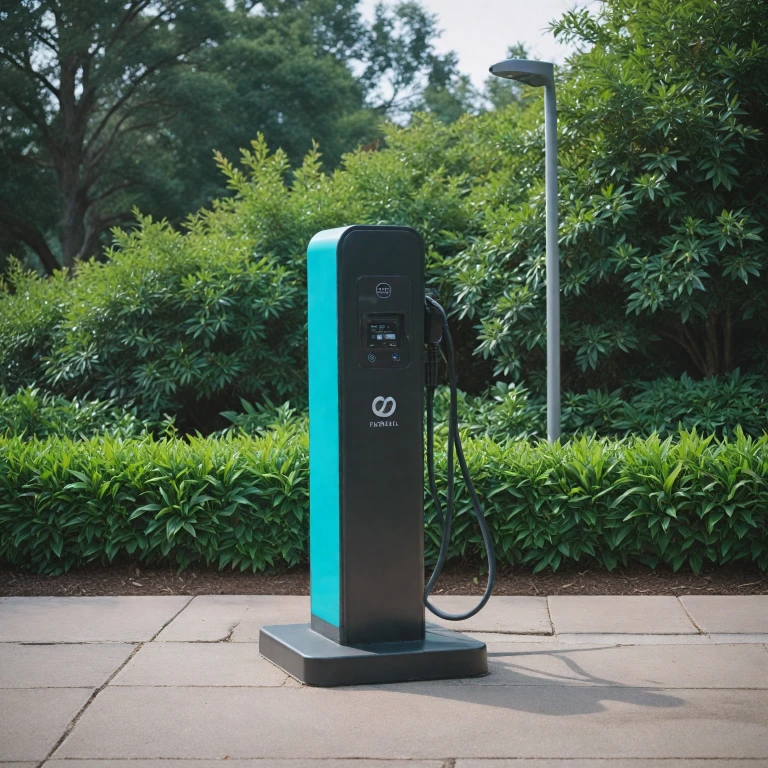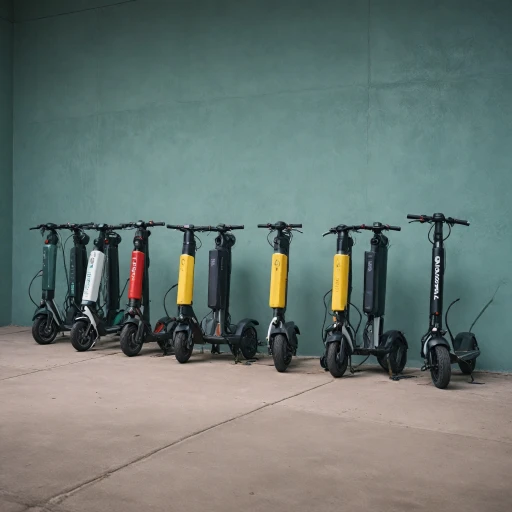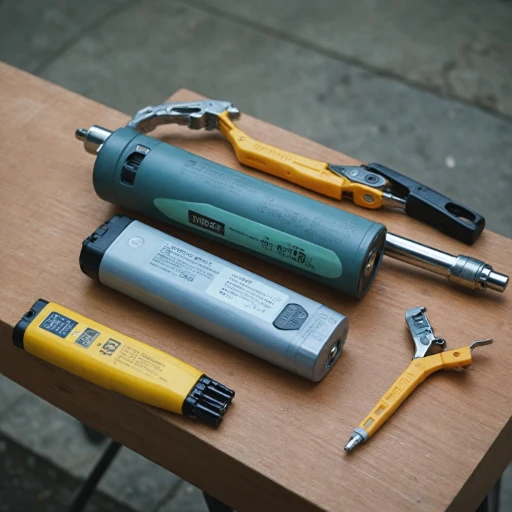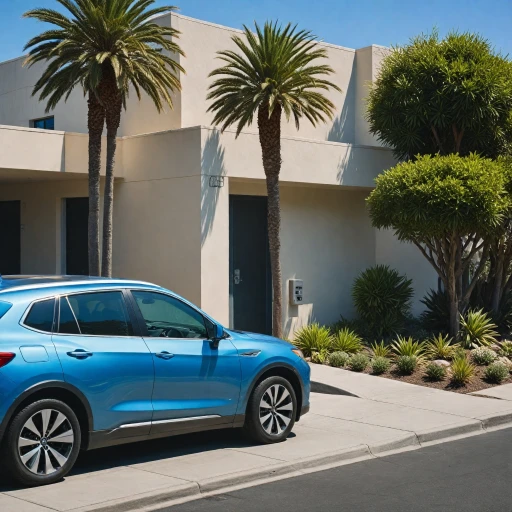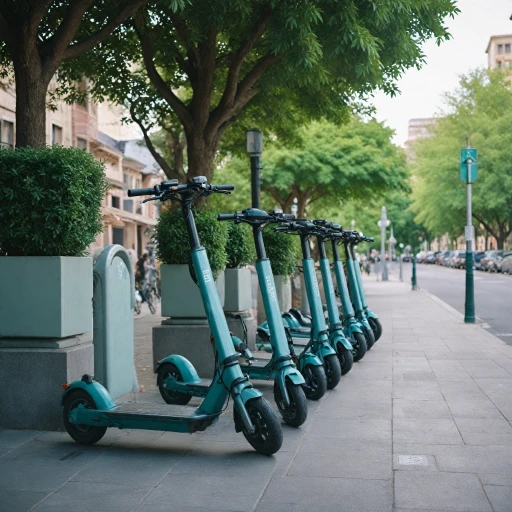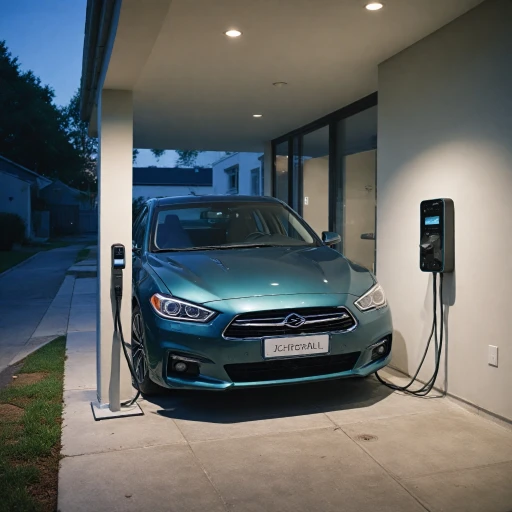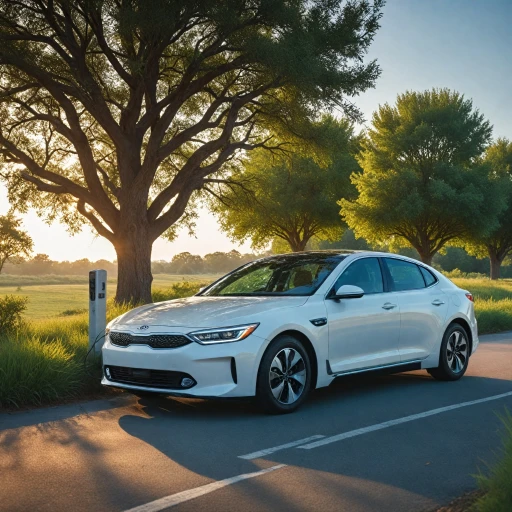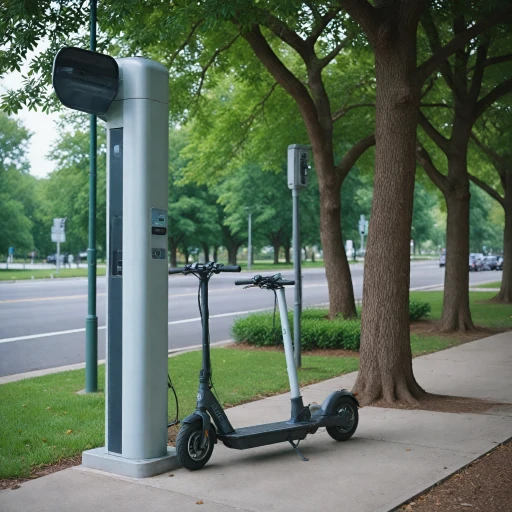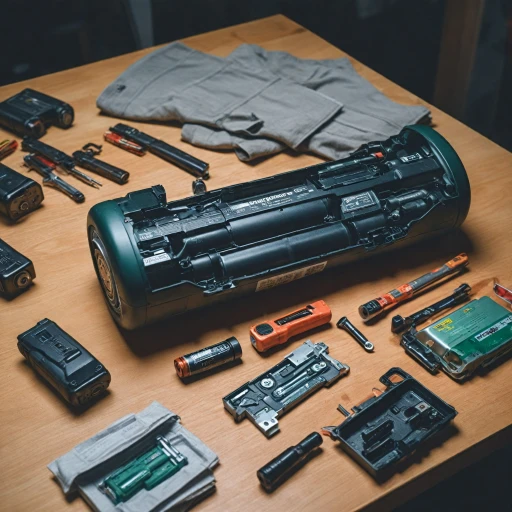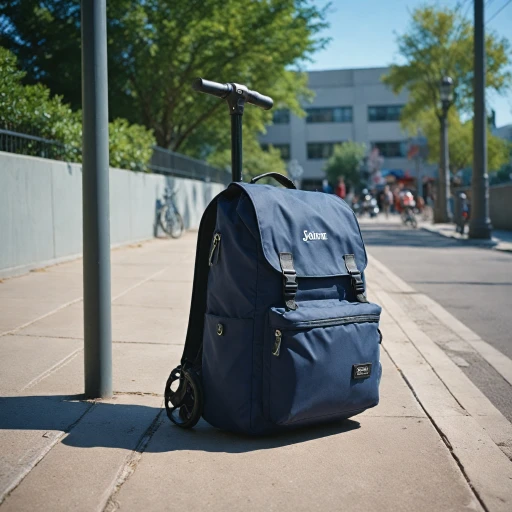
The Basics of Electric Scooter Charging
Introduction to Charging Electric Scooters
Charging an electric scooter is a fundamental aspect of owning this eco-friendly vehicle. Unlike traditional gasoline-powered scooters, electric scooters rely on rechargeable batteries, which necessitate a thorough understanding of charging options to maintain optimal performance. When it comes to electric scooter charging, various levels and types of chargers are available in the market. For most electric scooter users, there are two primary charging options: Level 1 and Level 2. Level 1 charging is typically slower but can be convenient for overnight charging at home using a standard household outlet and the original cord. However, as electric vehicle (EV) technology advances, there’s a growing demand for faster and more efficient charging solutions, such as Level 2 chargers. Level 2 chargers offer a significant advantage by providing quicker charging times through a higher amp delivery, typically requiring a 240-volt outlet such as a NEMA plug. This makes them an appealing choice for owners who are pressed for time or wish to maximize their vehicle’s uptime. While the initial cost, or original price, of Level 2 chargers might be higher than Level 1 options, the benefit of fast charging can outweigh the additional investment. Many users are turning to portable Level 2 chargers, which provide flexibility and convenience. These chargers can be easily transported and used across different locations, ensuring your scooter is always ready to go. Brands such as Lectron and Tesla offer portable chargers with various features targeted at different electric vehicle needs, including portability, amperage, and compatibility with standard outlets. When seeking the right charging solution, consider factors like the charging time required, whether you need a portable charger, and the current price of different models. Additionally, purchasing from reputable sources like Amazon may offer benefits like free shipping and a wide selection of chargers to fit various specifications. For more insights on electric vehicle charging and to find a scooter charger nearby, explore this comprehensive guide.Why Choose a Portable Level 2 EV Charger?
Advantages of Opting for a Portable Solution
Choosing a portable Level 2 EV charger for your electric scooter offers numerous benefits that make it a worthwhile investment for regular users. Unlike standard Level 1 chargers, these chargers provide flexibility and efficiency, elevating the charging experience to new heights.- Efficiency and Speed: Level 2 chargers operate on a higher amperage, typically delivering 240 volts compared to the 120 volts of Level 1. This means faster charging times, enabling your scooter to be ready-to-go without extensive waiting periods.
- Flexibility: A portable charger can be used with multiple electric vehicles, catering to different amp needs. Many such chargers are adaptable, with an assortment of adapters that suit various outlets and configurations. Whether you have a nema plug or a specific tesla charge requirement, portability ensures versatility.
- Convenience: Portability means you can charge your scooter at different locations without being tied to dedicated charging stations. It’s crucial for urban commuters relying on public charging infrastructures that might not always accommodate their schedule.
- Cost-Effectiveness: Though the original price of a portable Level 2 charger may seem steep, the current price over time is a reasonable trade-off for the speed and ease of charging. Furthermore, many sellers offer free shipping, enhancing the appeal of online purchases through platforms like amazon.
Comparing Charging Options: Level 1 vs. Level 2
Evaluating the Distinctions: Level 1 vs. Level 2 Charging
When it comes to charging your electric scooter, it's crucial to understand the differences between Level 1 and Level 2 charging options. These variations can significantly impact the charging time, cost, and convenience of your experience. Here's a closer look.- Level 1 Charging: This method uses a standard 120-volt outlet, found in most households. While more accessible and usually requiring no additional installation costs, it operates at a lower amp, extending charging times. This can be a drawback for those looking for quick charging solutions.
- Level 2 Charging: On the other hand, Level 2 charging employs a 240-volt outlet, similar to the power requirements of electric dryers or ovens. It typically offers faster charging thanks to an increased amp output.
Key Features to Look for in a Portable Charger
Essential Features to Consider in a Portable Charger
When selecting a portable charger for your electric scooter, there are several essential features to consider to ensure efficient and convenient charging. Understanding these features will help you choose a charger that aligns with your needs and enhances your scooter's performance.
- Charging Speed: Opt for a portable level 2 EV charger, which offers faster charging compared to level 1 chargers. This is particularly beneficial for reducing downtime and maximizing your scooter's usability.
- Portability: Look for chargers that are lightweight and compact, making it easier to carry them alongside your scooter. This feature is crucial for those on the go.
- NEMA Plug Compatibility: Ensure the charger comes with a NEMA plug that fits your specific power outlet. Compatibility is key to avoiding extra expenses on adapters or modifications.
- Multiple Amp Levels: Chargers with adjustable amp levels provide flexibility, allowing you to optimize charging based on the electrical capacity of your outlet and the scooter's requirements. A typical model offers between 16 to 32 amps.
- Safety Features: A good portable charger will include safety mechanisms such as overcurrent protection, temperature control, and surge protection to safeguard both the charger and your electric vehicle.
- Price Considerations: Balance the original price against the charger’s features. While some chargers may come at a premium, features like fast charging and adaptability might justify the current price.
- Tesla Compatibility: If you drive a Tesla or plan to use the charger for multiple EVs, consider options that support a Tesla charger with proper adapter accessories from sellers like Lectron, available on Amazon and other platforms, often with free shipping.
Before purchasing, evaluate the chargers based on these criteria to ensure a high-quality and durable charging solution for your electric scooter. Keeping these factors in mind can greatly enhance your charging experience and scooter reliability.
Installation and Usage Tips for Optimal Charging
Setting Up Your Charging Station
When it comes to charging your electric scooter, having a well-organized setup can make a significant difference. Start by choosing a convenient location for your portable level 2 EV charger. Ensure the area is dry and easily accessible to a nema plug or charging outlet. This setup will help you avoid unnecessary wear on the charger cord and ensure a safe charging environment.
Understanding Charger Specifications
Before plugging in, familiarize yourself with the charger's specifications. Most portable chargers come with a specific amp rating, which determines the charging speed. For instance, a charger amp rating of 16 amps will charge faster than one with a lower rating. Check the current price and features on platforms like Amazon to ensure you get the best deal.
Using Adapters and Cords
Depending on your scooter model, you might need an adapter to connect your charger. Brands like Lectron offer various options compatible with different electric vehicles. Ensure the adapter matches your scooter's requirements to prevent damage and ensure efficient charging.
Monitoring Charging Progress
Once everything is set up, keep an eye on the charging progress. Some chargers come with indicators that show the charging status. This feature is particularly useful for avoiding overcharging, which can reduce battery life. If your charger doesn't have this feature, consider setting a timer based on the estimated charging time.
Regular Maintenance
To ensure your charging setup remains efficient, perform regular maintenance checks. Inspect the charger cord and nema plug for any signs of wear and tear. Keeping your equipment in good condition will not only extend its lifespan but also ensure your scooter charges safely and efficiently.
Future Trends in Electric Scooter Charging
What's Next in Electric Scooter Charging?
The world of electric scooters is not just a trend; it's here for the long haul. The focus is becoming ever more concentrated on improving charging efficiency and convenience. Here’s a glimpse into the exciting future trends in electric scooter charging:- Faster Charging Speeds: Manufacturers are working relentlessly to enhance the charging speeds, akin to the advancements seen in Tesla chargers. The idea is to reduce downtime and increase the time you spend riding your scooter.
- Portable Innovations: The realm of portable chargers, like the Lectron portable models, is expanding. The advancements are concentrated on reducing size and increasing portability while not sacrificing the amp and charging capabilities. Expect more compact and efficient portable chargers at competitive prices.
- Sustainable Practices: Sustainable energy solutions are becoming a significant consideration. Charging stations powered by renewable energy sources might become commonplace, further decreasing the carbon footprint of electric vehicle users.
- Smart Integrations: Smart chargers are evolving with better features like remote monitoring and adaptive charging based on current demand. This shift not only benefits individuals but can optimize the power grid usage during peak hours.
- Universal Compatibility: As with the progression from NEMA plugs to more universal solutions, the goal is to standardize charging stations and plugs. This move towards universal adapters eliminates the inconvenience of searching for a compatible outlet or charger.
